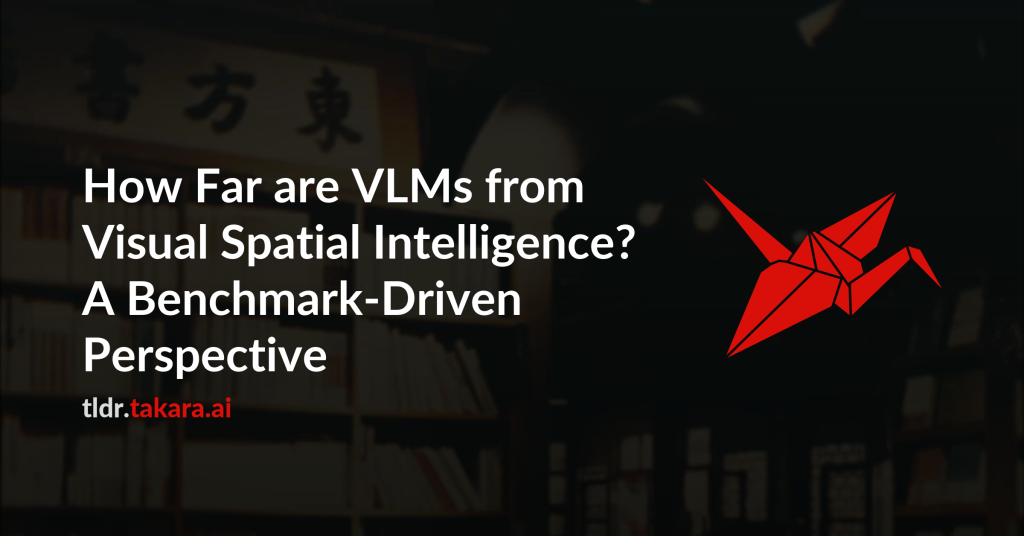Visual Spatial Reasoning (VSR) is a core human cognitive ability and a
critical requirement for advancing embodied intelligence and autonomous
systems. Despite recent progress in Vision-Language Models (VLMs), achieving
human-level VSR remains highly challenging due to the complexity of
representing and reasoning over three-dimensional space. In this paper, we
present a systematic investigation of VSR in VLMs, encompassing a review of
existing methodologies across input modalities, model architectures, training
strategies, and reasoning mechanisms. Furthermore, we categorize spatial
intelligence into three levels of capability, ie, basic perception, spatial
understanding, spatial planning, and curate SIBench, a spatial intelligence
benchmark encompassing nearly 20 open-source datasets across 23 task settings.
Experiments with state-of-the-art VLMs reveal a pronounced gap between
perception and reasoning, as models show competence in basic perceptual tasks
but consistently underperform in understanding and planning tasks, particularly
in numerical estimation, multi-view reasoning, temporal dynamics, and spatial
imagination. These findings underscore the substantial challenges that remain
in achieving spatial intelligence, while providing both a systematic roadmap
and a comprehensive benchmark to drive future research in the field. The
related resources of this study are accessible at
https://sibench.github.io/Awesome-Visual-Spatial-Reasoning/.

